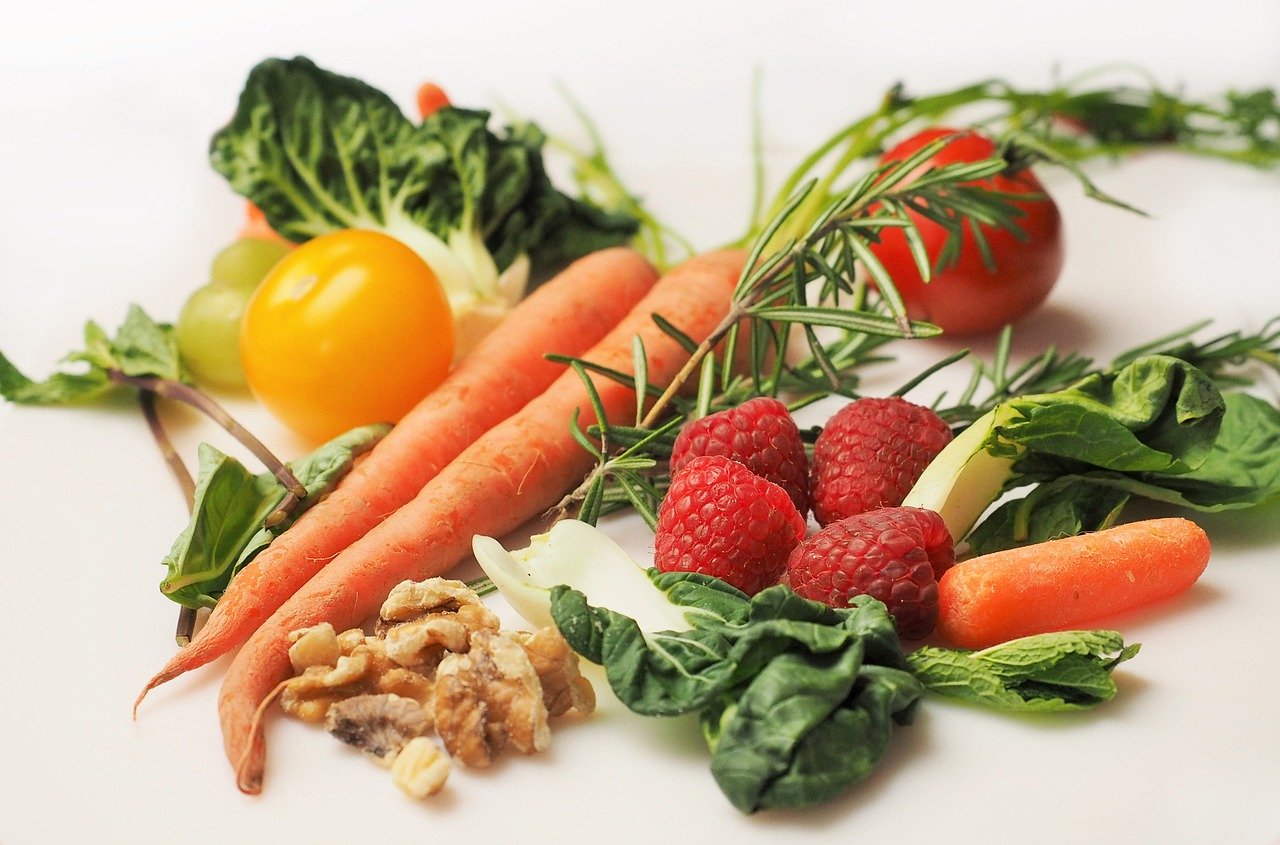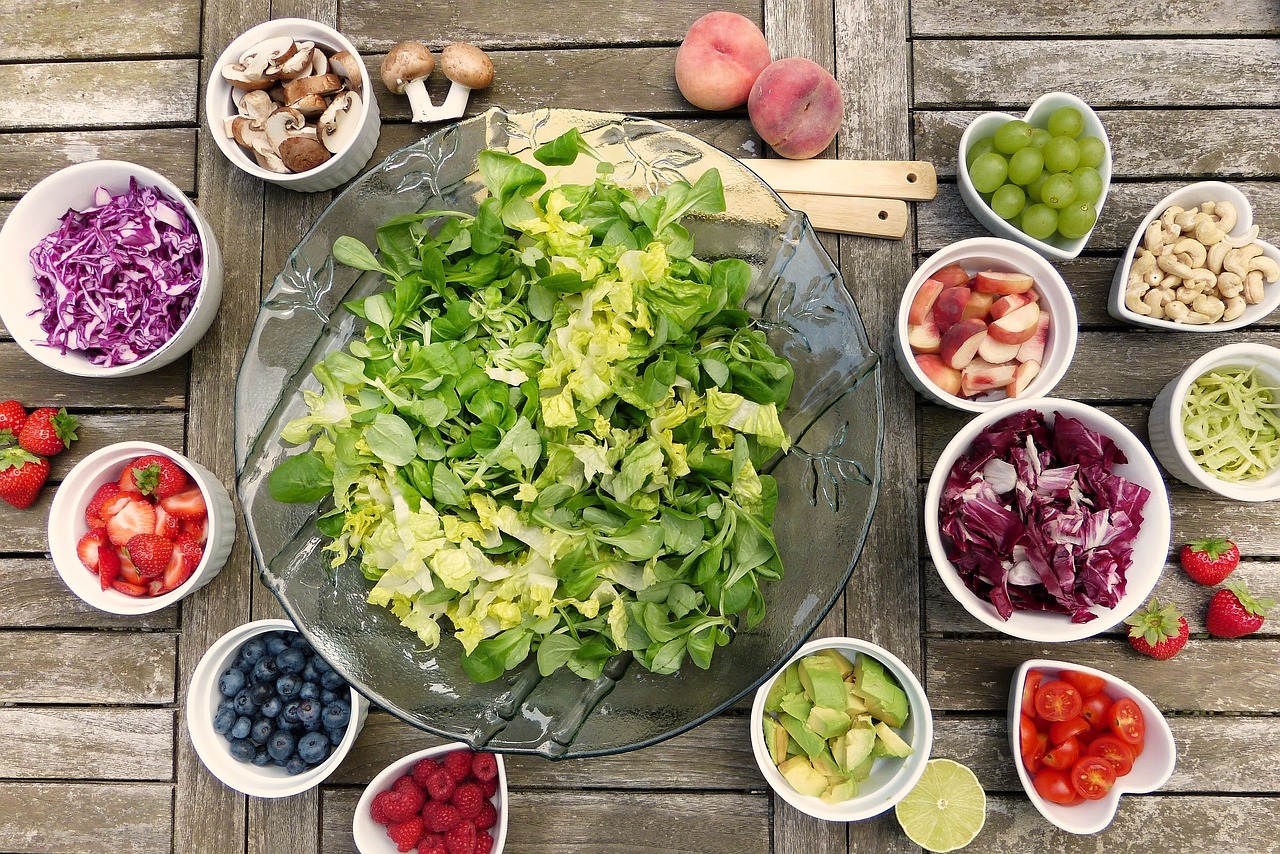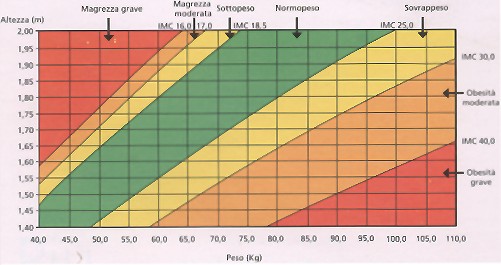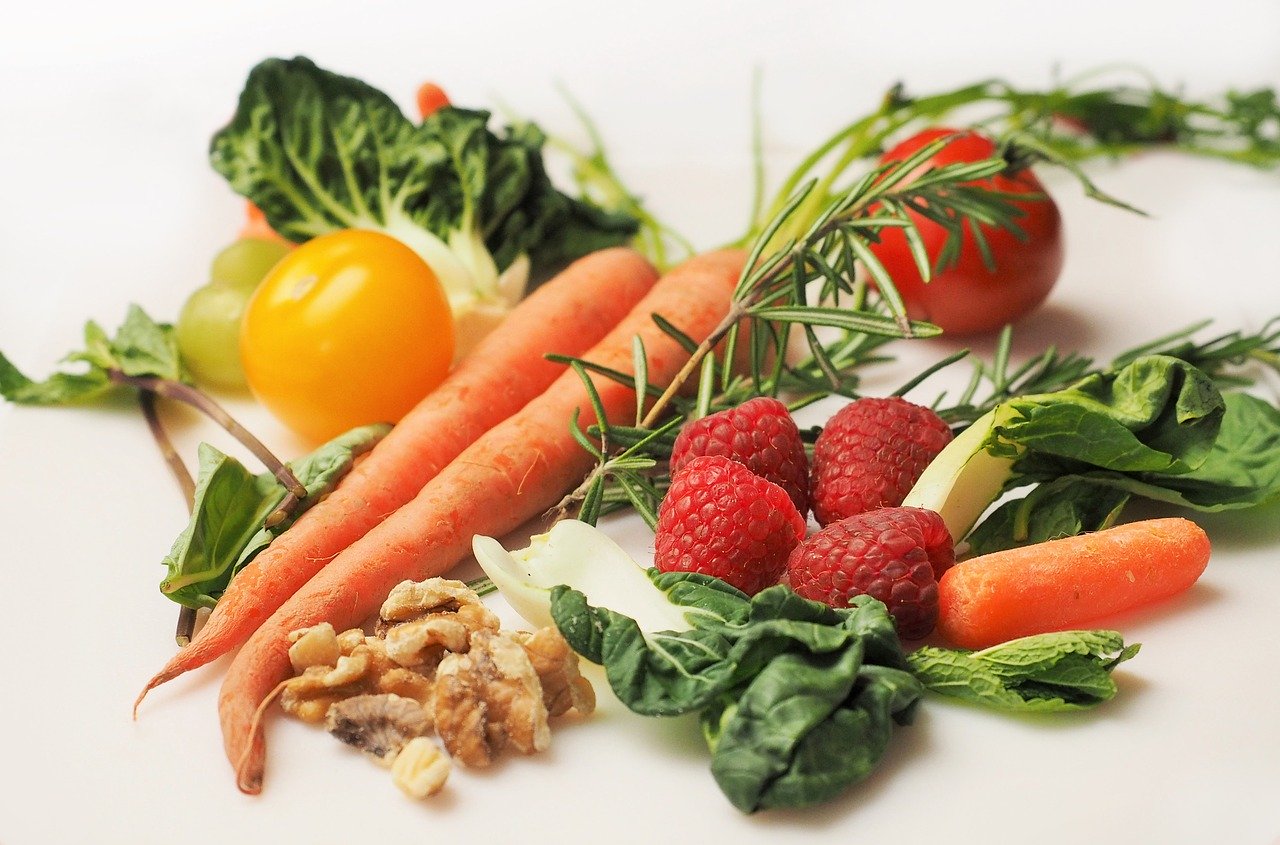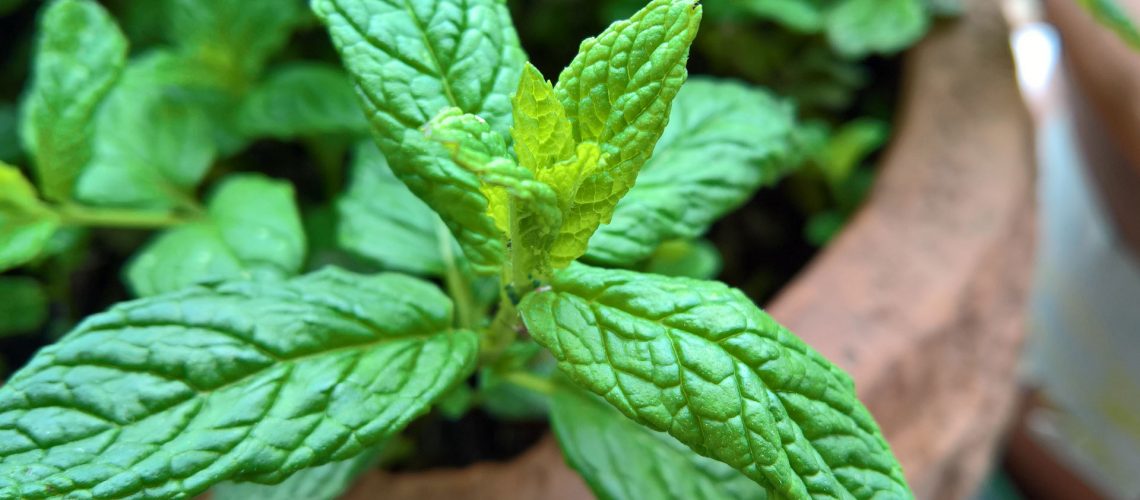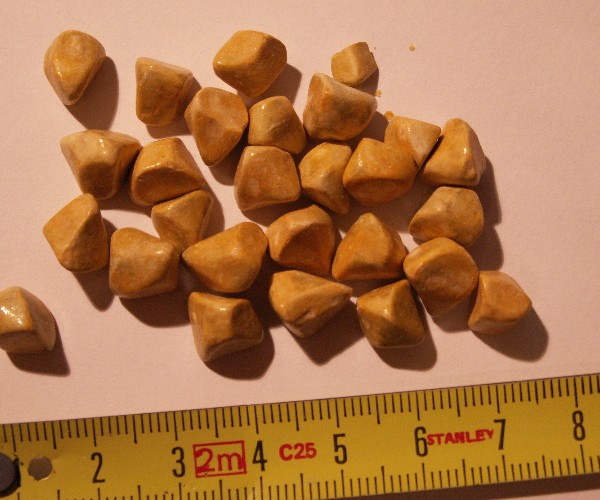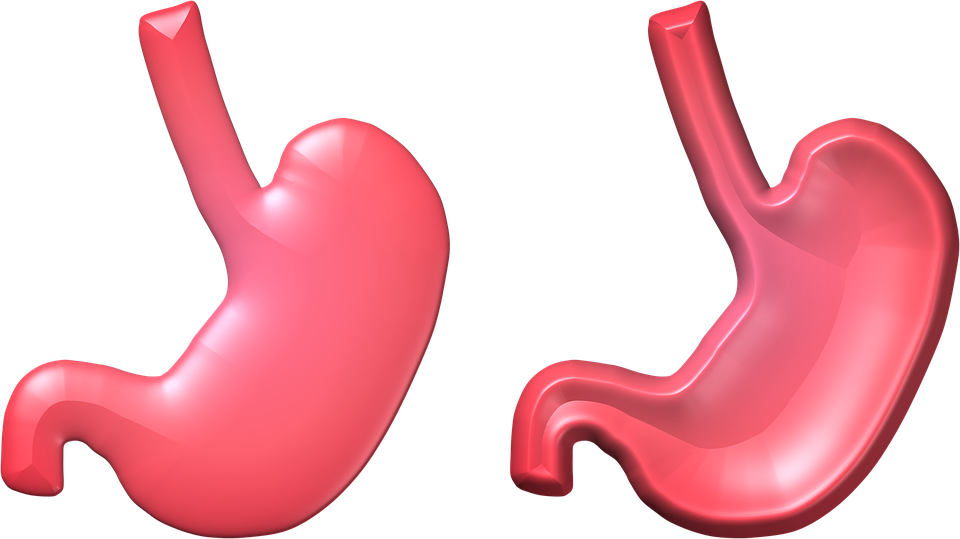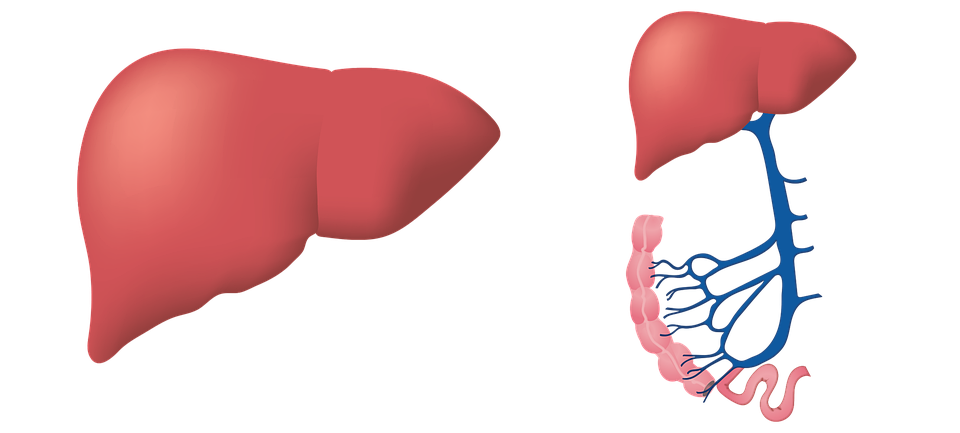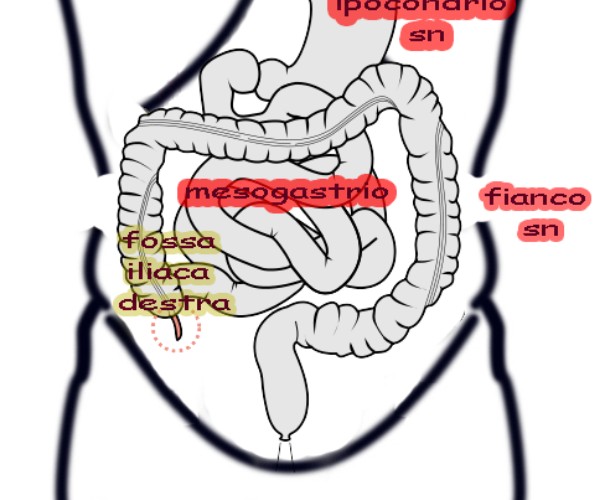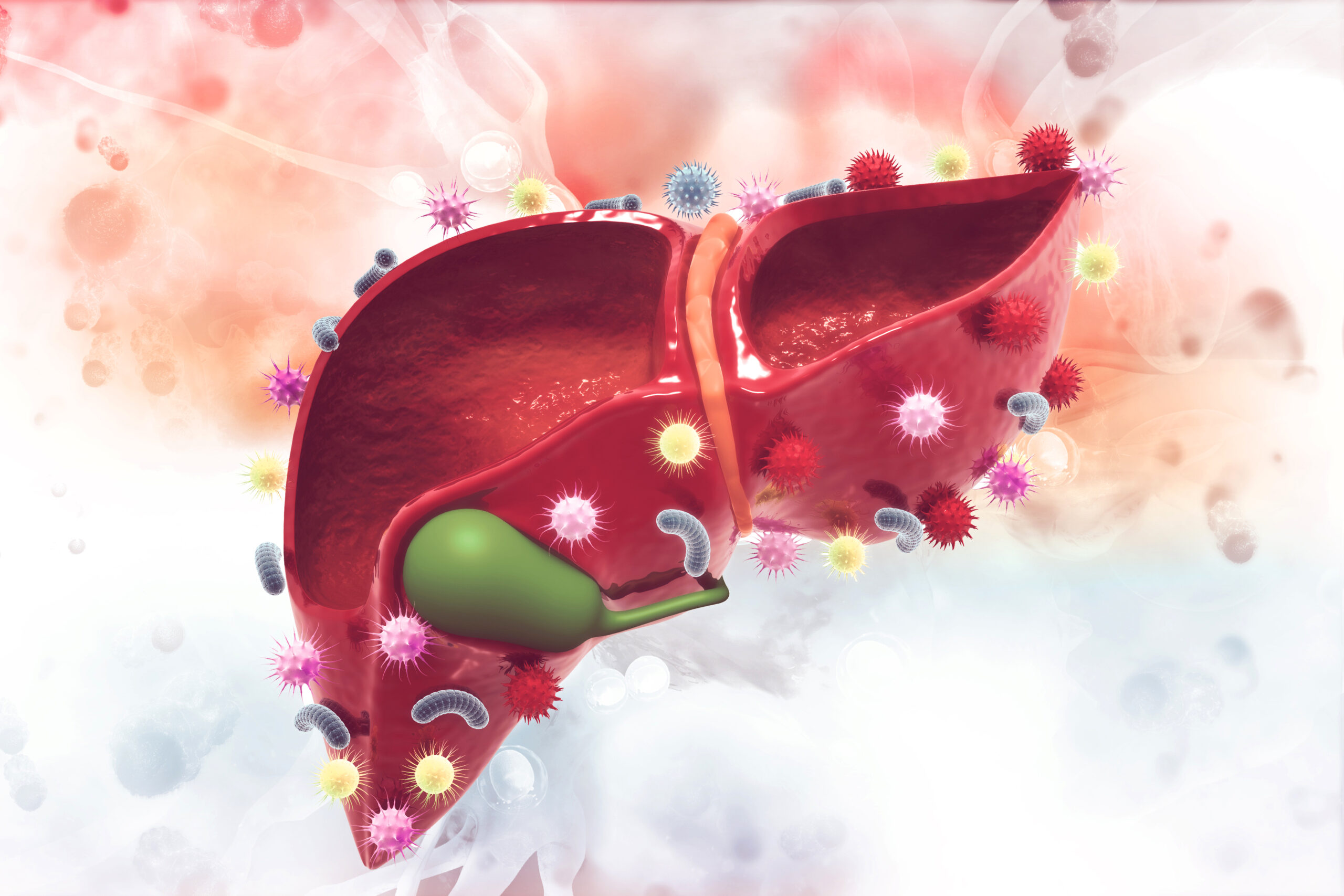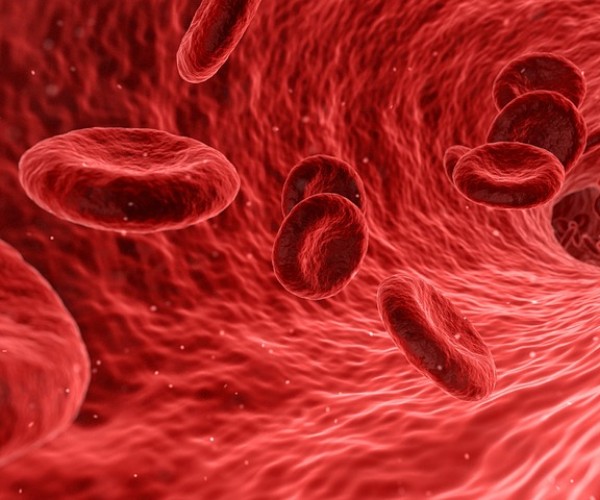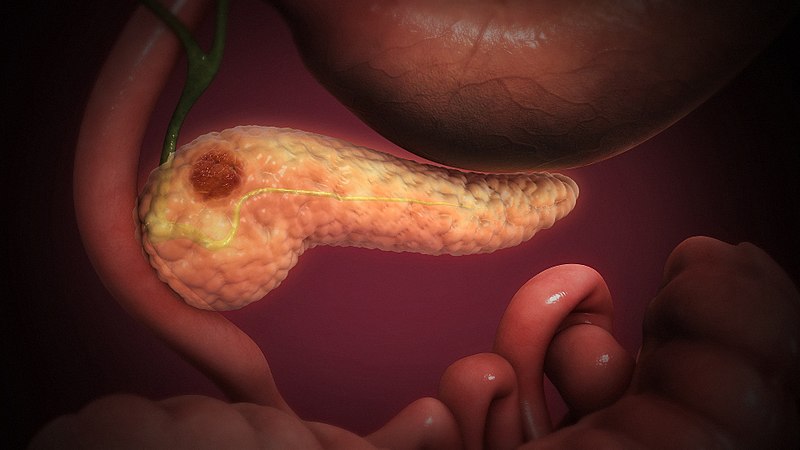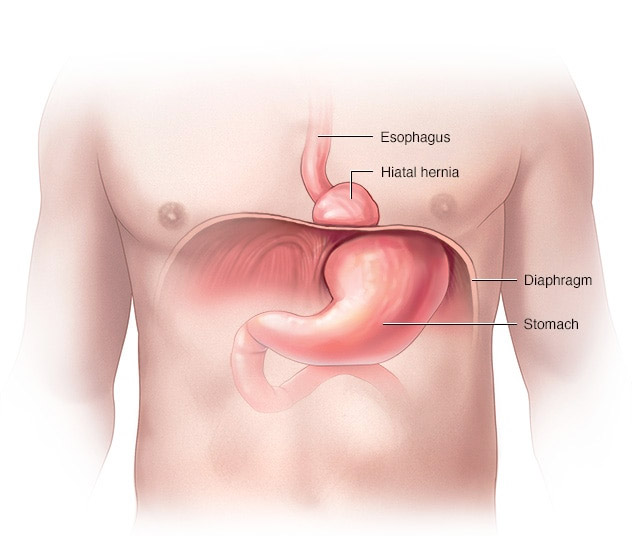Audibertia Benth, Menthella Pérard, Minthe St.-Lag., Preslia Opiz, Pulegium Mill. Don’t these names tell you anything, not even a suspicion? Go through them one more time and you will certainly not miss that root: “Ment-” or “Mint-” Yes, you are right, we are talking about mint or even ‘Mentha piperita’ if you like. A hardy, fresh, tasty, fragrant perennial aromatic herb that is suitable for use in cosmetics, herbalism, medicine. And also in the kitchen and not only for the preparation of cocktails and drinks whose use is best known. Here, then, is the pleasure of growing it, with ease, in the garden or in pots: and it fits well alongside your sage seedling!
An ancient knowledge. If you want to find out since when does mint date you have to take a giant leap back in time. It was first given the name by Gaius Plinius Secundus (Como, 23 – Stabiae, Aug. 25, 79), a Roman writer, admiral and naturalist, but its scientific name came much later, in 1753, when Linnaeus (1707 – 1778), a Swedish biologist and writer), also known as Carl von Linné, included it in his publication “Species Plantarus.” Many mythologies revolve around the mint’s name, and one of them links it to the Greek name “Μίνθη” (Minthe or Myntha): she was beautiful nymph given birth in the hellish river Cocytus. The story goes that Hades, the god of the underworld, fell in love with Myntha, and when Persephone, Hades’ wife, found out, she turned Myntha into a plant, precisely mint so that everyone would walk on her. It was at that point that Hades in the impossibility of undoing the spell, decided to give her a magnificent perfume so that everyone could smell it as they passed by her. What do we still know? That it was a well-known and valued plant since ancient times: Hippocrates made use of it as an aphrodisiac, while the Egyptians, Greeks and Romans used it as a perfume. Because of its slightly healing action, in the past a paste was made from it to be applied to wounds by mixing it with olive oil. Galenus Pergamum, 129 – Rome, c. 201 A.D.), a physician of ancient Greece, also used mint as a medicinal plant, and this use in part remains today. What again? From myth and history we turn to reality.
Huge variety. It cannot be said that known one species you have known them all. If only because of the vastness of mint species: more than 600 due to the fact that this herb tends to hybridize, that is, to crossbreed easily thus giving rise to many ‘versions’ of itself. What is true is that it is possible to trace distinctive characters of mint, namely that it belongs to the Limiaceae family, which is very numerous and has about 250 genera and nearly 7000 botanical species. It grows mostly in the Mediterranean basin, throughout Europe, Asia and Africa, in full sun or half shade, but can also withstand low temperatures. Of the eight species in Italy, six are found in the Alps. The most common ones are four species:.
- Peppermint: rich in menthol and essential oils. Also belonging to peppermint are spearmint and white mint.
- Spearmint or Mentha viridis:
a bushy plant typical of country areas, it is also used to beautify gardens. - Spearmint or Nepitella: it is used in cooking to prepare traditional recipes and in ancient times was among the main remedies for treating numerous problems.
- Water mint: grows in wet environments near bodies of water. It gives off a good scent that is annoying to insects.
Uses and ‘customs’. Just as there are many varieties of it, so too are the ways in which mint can be used. For example:
- In cooking: it is used both fresh and dried to impart a ‘fresh’ flavor to soups, sauces, rice-based pasta dishes and in cold pastas, vegetables, legumes, cereals, meat especially to lamb, and to mince for use in fillings, typically of Balkan and Middle Eastern use. In fact, mint is found extensively in Tunisian and Algerian cuisine, where it is used to freshen taboulé and bulgur (hard wheat), or to flavor eggplant and grilled zucchini; in fish in a recipe called Mint Julep Bistrò, typical of New Orleans. It can also be used in confectionery to make syrups, sauces, ice cream, slushies and popsicles, candies, and chewing gum. And also to flavor liqueurs, or other beverages alone or in combination with consistent flavors such as mint-liquorice, mint-anise, mint-bitter or milk-mint. Among the spirits are famous Mojito cocktails, bitters and brandies such as Centerbe, Branca Menta, and infusions such as Maghrebi green tea. It is not enough to say mint; in fact, one must know how to choose the ‘right’ one: for example, peppermint, with its refreshing taste, is best for candies and chewing gum, while Mentha pulegiuum, is best in meat preparations. Finally, the leaflets can be used for decorative purposes to garnish and embellish the presentation of dishes and dishes.
- In cosmetics: mostly menthol, an extract of mint, is used as an ingredient in many perfumes, cosmetics including peppermint toothpaste, but it is also used to flavor cigarettes.
- In herbal medicine: both flowers and leaves are used, which should be harvested between July and August and left to dry in the open air. They are mainly used for the preparation of herbal teas obtained from their infusion in boiling water. Preparing them is very easy: you need to calculate two teaspoons of dried mint for each cup of infusion, which should then be allowed to stand for fifteen minutes before straining and drinking. Up to 500 milliliters of mint herbal tea per day can be consumed.
About the mint: there is a lot said…even some interesting trivia. At least five:
- Mint essential oil, if used incorrectly and in excessive doses, can have side effects, including important ones: for example, it can mimic the outcomes of some drugs, or be a cause of arrhythmias. So, like all other essential oils it should be used judiciously and following the advice of a specialist.
- Thinking of something good, such as the drinks that are derived from the mind is said to be the Mojito, made from mint, rum, brown sugar, lime and tonic water, was invented in a bar in Havana, La Bodeguita del Medio, frequented by Hernest Hemingway who particularly loved this cocktail and who decreed its success. The small restaurant, which is now located in the city center, is a popular tourist destination.
- Its infusion is also effective against motion sickness. It should be consumed two or three days before the trip, or you can store it in a thermos and drink it during the trip as soon as you feel the first symptoms of nausea and vomiting.
- To prepare refreshing summer drink, you can use:
- Dried mint leaves combined with some lemon juice or zest, just as you would with herbal tea, letting it cool before drinking it.
- If you prefer an infusion with green tea, mix it with fresh mint leaves, preferably peppermint, and a few fresh sage leaves (have you figured out why you grow it on your balcony in the aroma corner?). In one liter of water, combine about 30 grams of tea, 10/15 mint leaves and 4/5 sage leaves. Strain and sweeten with whole brown sugar. Let cool first to room temperature and then place the drink in the refrigerator.
- Syrup with mint: This is another popular thirst-quenching drink that is easy to prepare. It requires 500 ml water, 50 g fresh mint leaves, 500 g brown sugar and ½ lemon. Now all you have to do is put the mint leaves in water, letting them steep for about 15 minutes, rinse them carefully, pat them dry with a cloth and let them dry. They should then be finely chopped and poured into a container, together with the sugar, stirred and allowed to stand for half an hour. In the meantime you can boil water, pouring the mixture into it once it comes to a boil. This should be left to cook until it becomes a thick liquid. The density will increase in relation to the cooking time: the longer the cooking time the more it will congeal, adjust according to your taste. Finally, strain through a strainer and pour directly into a previously sterilized glass bottle.
- Legend has it that the first people to mix mint with alcohol were Caribbean pirates.
- Finally a home economics tip, rubbing fresh mint leaves on your fingers can help eliminate bad odors, such as those from garlic or onions.
La cultivation. Even those who do not have a green thumb can try their hand at growing mint, as it grows well (indeed you need to contain it!, as we will see in a moment) adapting to many types of soil and climate, shady or sunnier exposures, and up to withstand more adverse weather events. Choose well-draining soil because wherever mint is grown, whether in pots or in the garden, one of the critical issues is moisture: water stagnation and excessively wet soil should be avoided because, in the long run, they could damage the plant’s roots and impair its development. In addition, the soil should be well fertile, rich in humus and organic matter, replacing it every two years. During colder or particularly rainy periods, cover the mint stems with tarps to protect the leaves from the weather and frost. Indeed, it is better to choose the quality of mint according to the climate: for example, peppermint is better adapted to cold weather and if grown in the garden will attract butterflies, bees and other pollinating insects that will delight all other plants, while the spearmint Is preferable in warmer climates.
- If you want to grow it in pots: get a good-sized container (diameter at least 40 cm), taking care not to put it together with other vegetables or herbs because it tends to invade the whole space. As soon as the plant starts to sprout, it should be moved to full sun, and decanting should follow the growth.
- If you want to plant it in the ground there are two ways of propagation by cuttings or seeds. However, the propagation of mint must coincide with the arrival of the
- For Cuttings: optimal months are March, April, May and September. Mint is easy to root: you will need to take a branch at least 20 cm long from an existing plant and plant one end in the soil until it takes root (alternatively, you can also place it in a glass until eradicated and then plant it). This technique is preferred to planting
- In the ground: sowing should be done between March and April, and the seeds should be placed just below ground level, where they will germinate fairly quickly; you can then decide whether to use a seedbed and then transplant. Mint forms a bush, the distance between plants is not important because competition between them best arranges the spaces, usually leaving at least 40 cm between each seedling and 70 cm between rows.
Indication. Since, as mentioned, mint tends to colonize any space, it needs to be contained, either by leaving it in pots, or by inserting a bottomless pot into the garden soil, or by placing wooden or sheet metal panels buried in the ground to create dividers that enclose the mint plants, preventing unchecked expansion.
Cultural operations. The soil around the mint plant must be kept clean of weeds, but weeding is also useful because hoeing oxygenates the soil. Straw mulch can also help contain weeds and keep roots warm in winter. More pruning can be done each year during the summer to renew the plant.
Pests and diseases. Mint can suffer from fungal disease, particularly rust, which manifests as brown/yellow spots on the leaves, and root rot, both of which are due to waterlogging: so be careful about watering and choosing draining soil. But it can also be affected by pests, especially insects, such as chrysolin americana, although it prefers rosemary or lavender, or Puccinia Menthae in which stems and leaves become filled with swellings and reddish dots that later develop into blackish specks; infected plants should be removed and burned. It is, in addition, attacked by snails that are greedy for it.
***
Collection. It usually occurs in summer when the leaves are particularly rich in menthol and essential oils. But if there are leaves on the plant you can always harvest, regardless of the period or how many leaves to leave. The mint plant has extraordinary vigor and even if it is cut down completely it always manages to sprout again. It is best to harvest when the plant is fully flowered and then taken to the appropriate distilleries. For domestic use, it is dried in a cool and airy place. Mint is at its best freshly picked but can be dried either with a desiccator or by hanging the branches in a dry, airy place.
Bibliography
- David Gledhill,
The name of plants
(PDF), Cambridge, Cambridge University Press, 2008. URL accessed December 8, 2016 (archived from the original url on March 4, 2016). - Eduard Strasburger, Treatise on Botany. Volume Two, Rome, Antonio Delfino Editore, 2007, p. 850, ISBN 88-7287-344-4.
- Judd S.W. et al, Systematic Botany – A Phylogenetic Approach, Padua, Piccin Nuova Libraria, 2007, ISBN 978-88-299-1824-9.
- Alfio Musmarra, Dictionary of Botany, Bologna, Edagricole, 1996.
- Richard Olmstead,
A Synoptical Classification of the Lamiales.
, 2012. - Kadereit J.W, The Families and Genera of Vascular Plants, Volume VII. Lamiales., Berlin, Heidelberg, 2004, p. 237.
- Sandro Pignatti, Flora of Italy. Volume 2, Bologna, Edagricole, 1982, p. 494, ISBN 88-506-2449-2.
- D.Aeschimann, K.Lauber, D.M.Moser, J-P. Theurillat, Flora Alpina. Volume 2, Bologna, Zanichelli, 2004, p. 158.
- F.Conti, G. Abbate, A.Alessandrini, C.Blasi, An annotated checklist of the Italian Vascular Flora, Rome, Palombi Editore, 2005, p. 129, ISBN 88-7621-458-5.
- Giacomo Nicolini, Enciclopedia Botanica Motta., Milan, Federico Motta Editore. Volume 2, 1960, p. 855.
- V. Gobert, S. Moja, M. Colson, & P. T Aberlet,
HYBRIDIZATION IN THE SECTION MENTHA (LAMIACEAE) INFERRED FROM AFLP MARKERS1
, in American Journal of Botany, vol. 89, no. 12, 2002, pp. 2017-2023. - Bryan T. Drew & Kenneth J. Sytsma,
Phylogenetics, biogeography, and staminal evolution in the tribe Mentheae (Lamiaceae).
, in American Journal of Botany, vol. 99, no. 5, 2012, pp. 933-953. URL accessed December 8, 2016 (archived from the original url on March 10, 2017). - Broza ŠARIC-KUNDALIC, Silvia FIALOVÁ, Christoph DOBEŠ, Silvester ÖLZANT, Daniela TEKELOVÁ, Daniel GRANCAI, Gottfried REZNICEK & Johannes SAUKEL,
Multivariate Numerical Taxonomy of Mentha Species, Hybrids, Varieties and Cultivars.
, in Sci Pharm, vol. 77, 2009, pp. 851-876. - Jiranan Bunsawat, Natalina E. Elliott, Kate L. Hertweck, Elizabeth Sproles and Lawrence A. Alice,
Phylogenetics of Mentha (Lamiaceae): Evidence from Chloroplast DNA Sequences.
, in Systematic Botany, vol. 29, no. 4, 2004, pp. 959-964. - Jiranan Bunsawatt,
Mentha (Lamiaceae) Phylogenetic Analysis Using Chloroplast TRNL-TRNF and Nuclear Ribosomal DNA ITS Sequences.
, in Western Kentucky University, 2002. - C. Bräuchler, H. Meimberg, G. Heubl,
Molecular phylogeny of Menthinae (Lamiaceae, Nepetoideae, Mentheae) Taxonomy, biogeography and conflicts.
, in Mol Phylogenet Evol., vol. 55, no. 2, 2010, pp. 501-23, Elle 26 Jan. 2020



